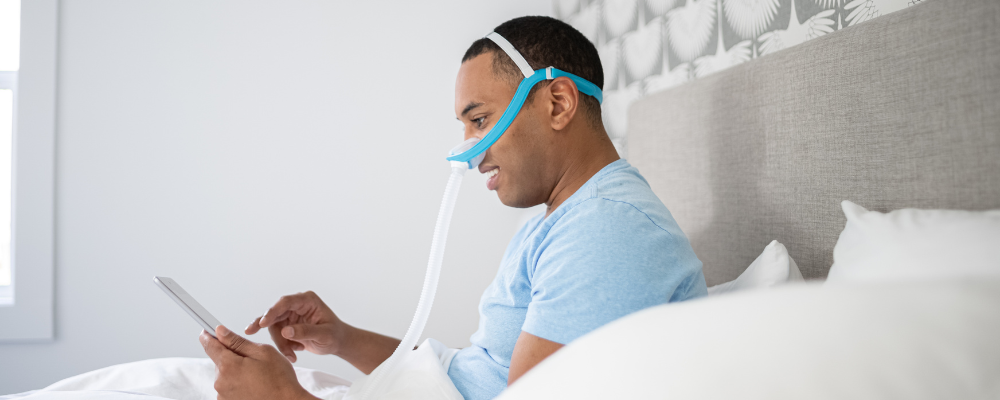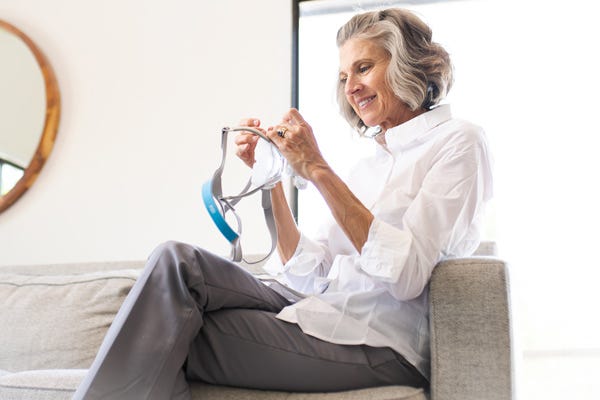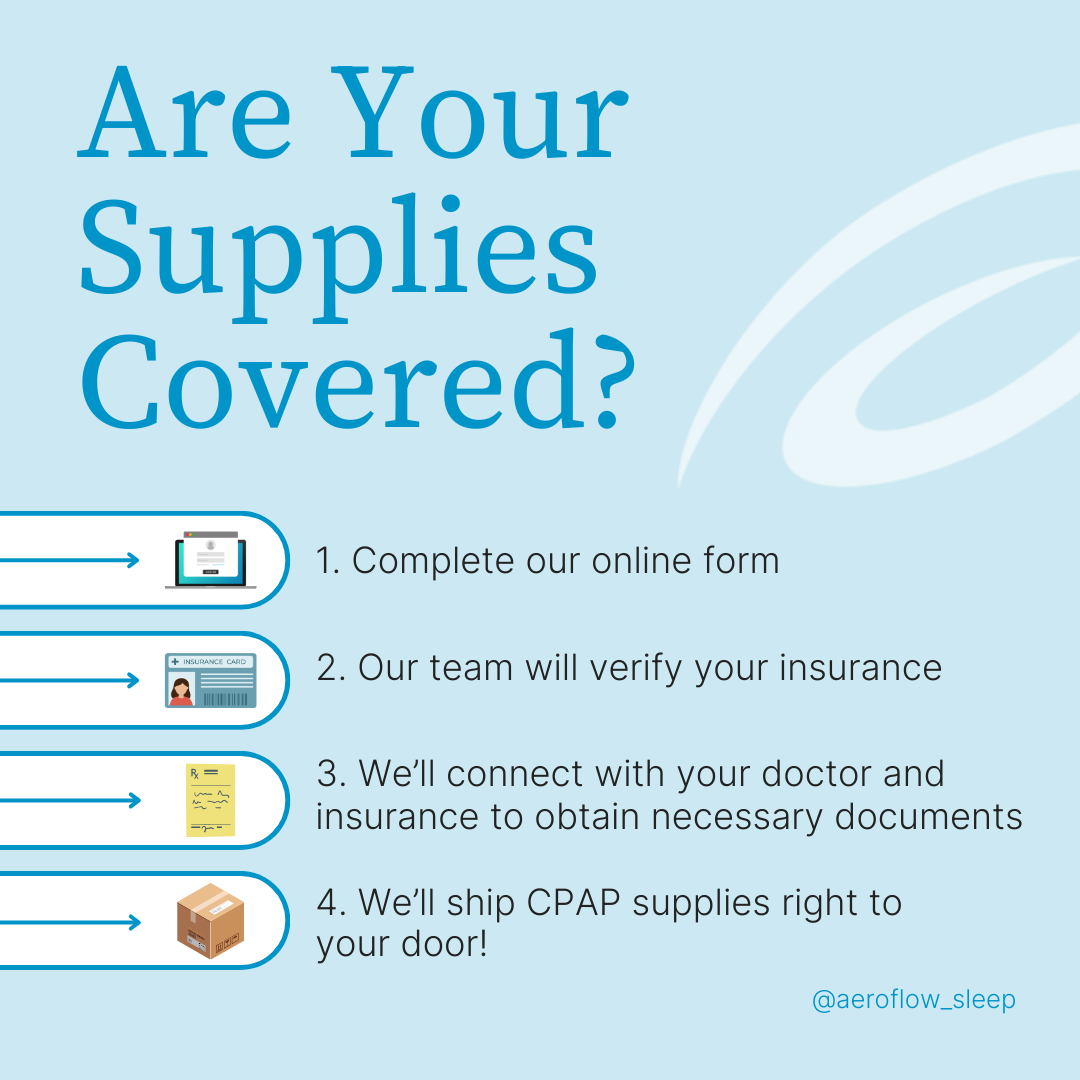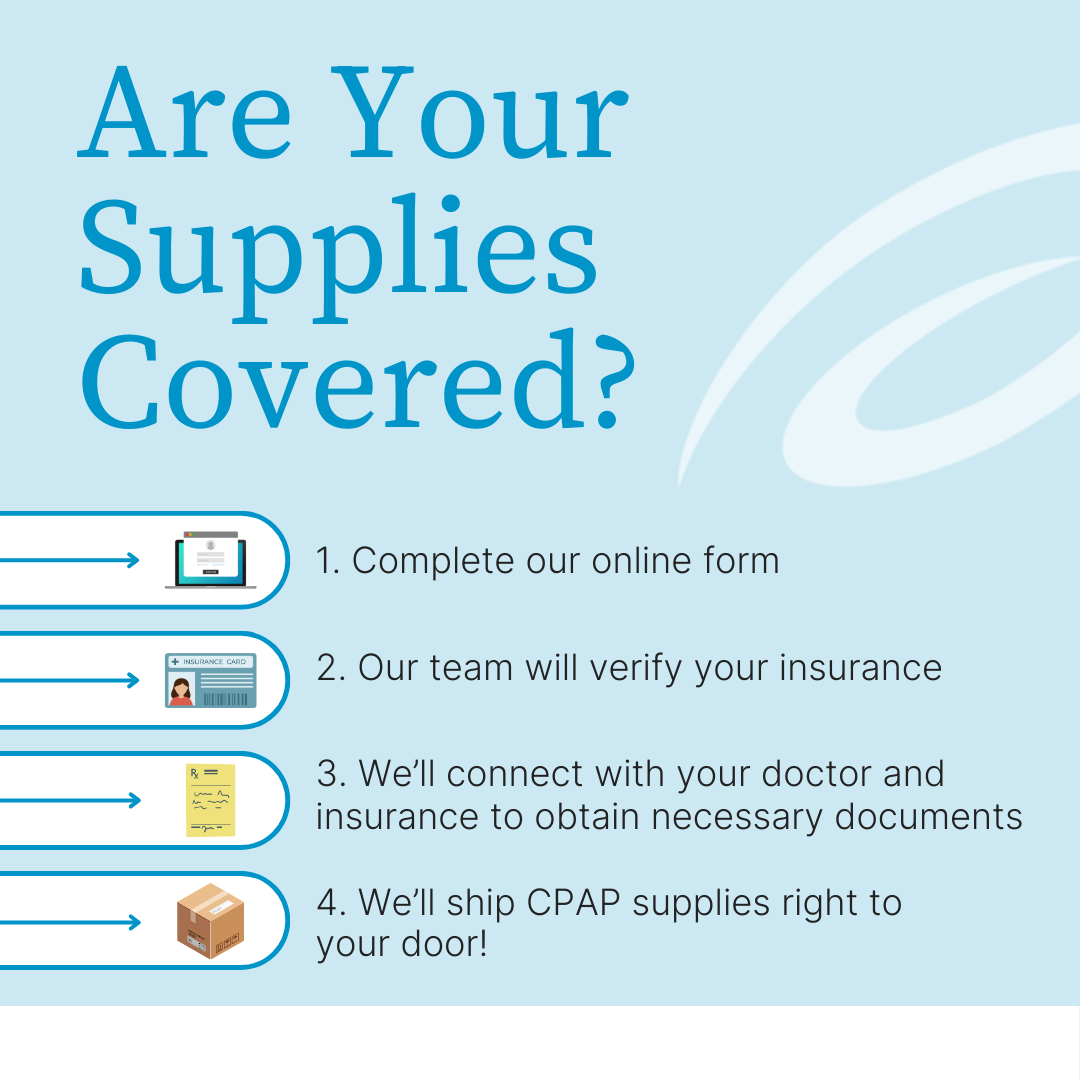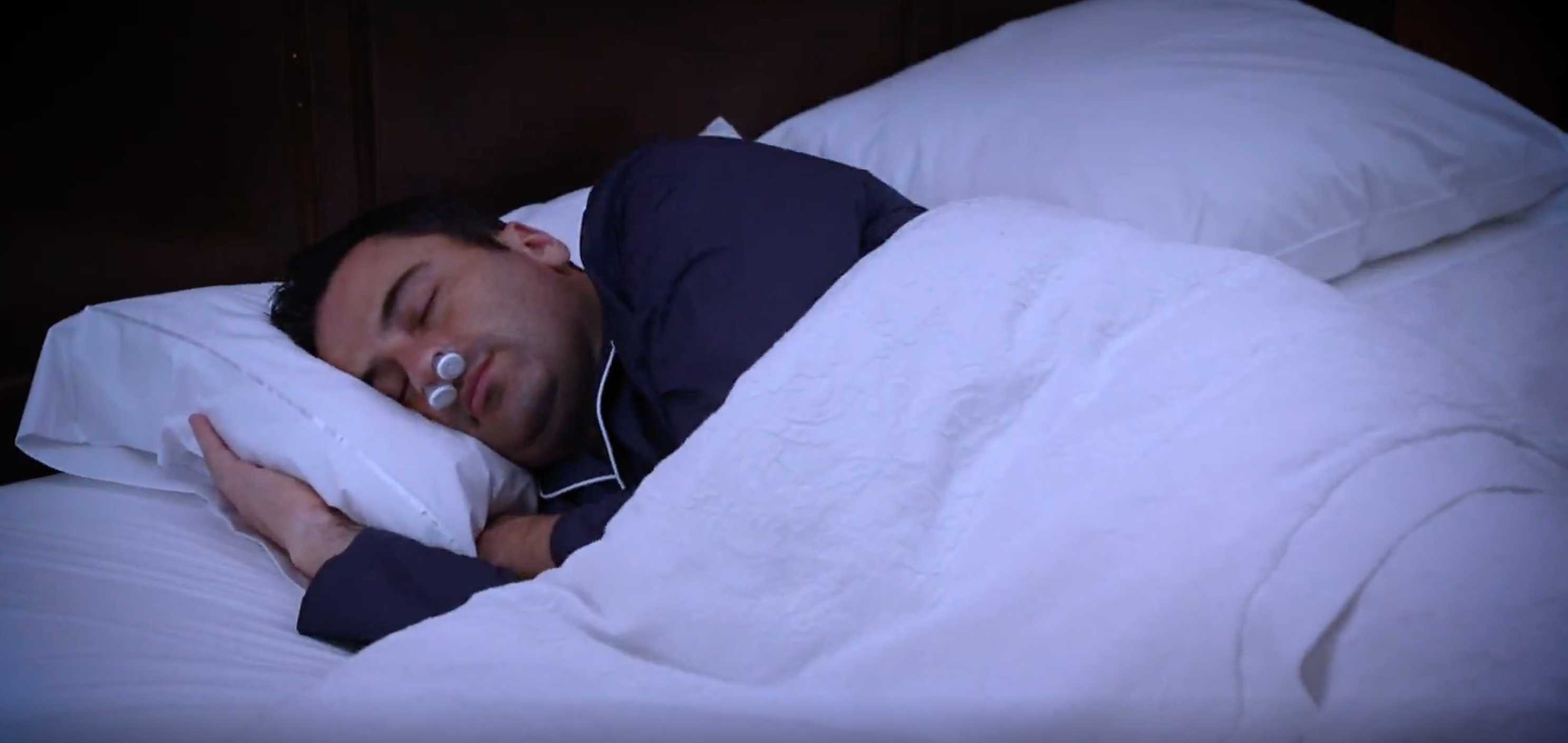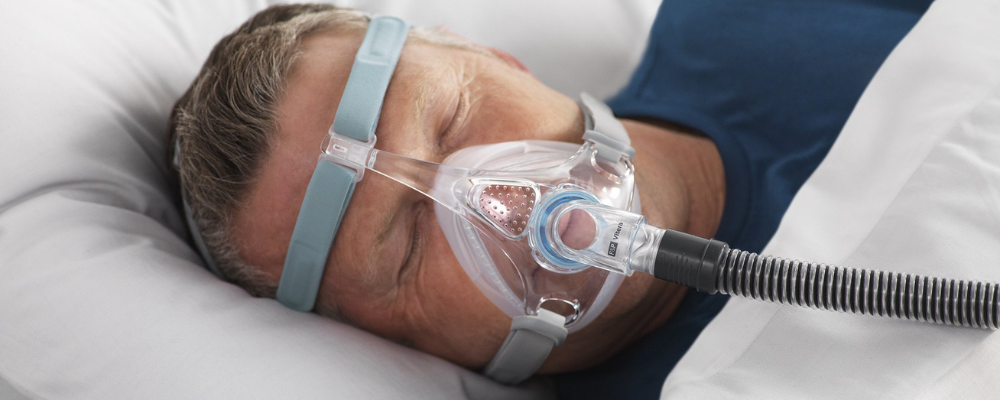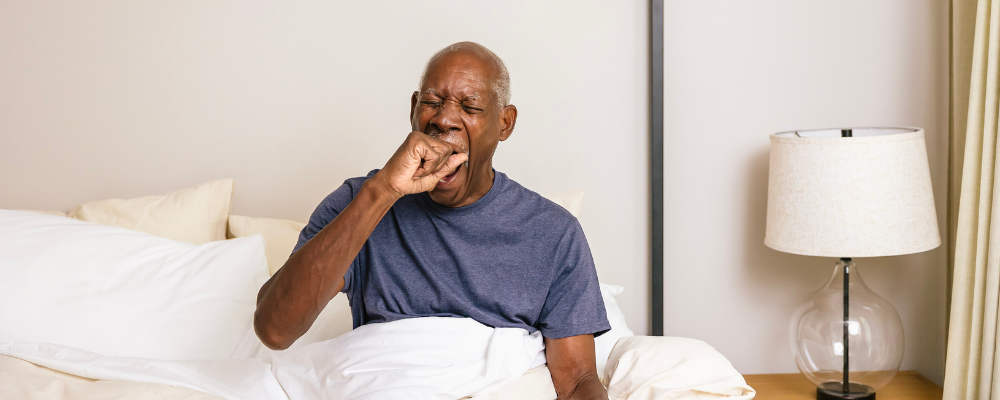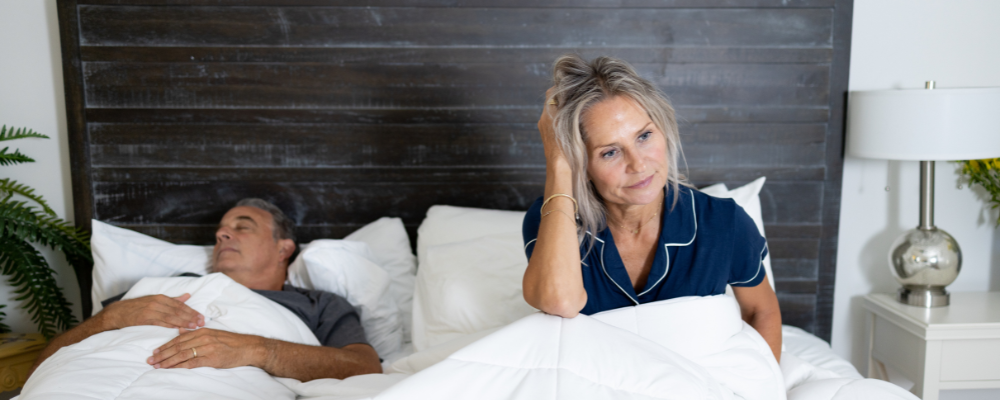Chronic Obstructive Pulmonary Disease, or COPD, is defined by the National Heart, Lung, and Blood Institute as “a progressive disease” that damages the lungs in ways that make it hard to breathe. They also say, “In the United States, COPD affects more than 15 million adults, and many more do not know they have it.”
Sound familiar? Clinical research by the National Institutes of Health (NIH) states, “22 million Americans have sleep apnea, and 80% don’t know it.” Obstructive sleep apnea (OSA) occurs when your upper airway is being obstructed by soft tissues so you can’t breathe; the obstruction may be enlarged tonsils or adenoids, the weight of a fatty neck, etc.
Both disorders heavily impact the respiratory system, and to ultimately improve the quality of life either patients have, treatment is needed. The question you may ask is when or how does that treatment overlap? Can positive airway pressure (PAP) therapy work for COPD and sleep apnea? Aeroflow Sleep is here to tell you exactly when bi-level positive airway pressure (BiPAP) machines are safe if you have both COPD and sleep apnea.
How Is COPD Diagnosed And Treated?
Although COPD and sleep apnea both affect the respiratory system, it is important to distinguish between the two, because COPD is diagnosed and is treated very differently from sleep apnea. According to the Mayo Clinic, several tests may be needed to properly diagnose COPD, but your doctor will first want to know about your symptoms, your medical history, and any exposure you may have had to lung irritants; such as cigarette smoke. These tests include:
- Blood and/or Other Lab Tests
- Chest X-Rays
- CT Scans
- Lung Function Tests
- Spirometry
Seems like a lot, huh? Dr. Monique May explained why that is and where treatment leads, “These tests look for obstruction or other causes of lung problems. Lungs problems can be caused by emphysema—damage to the air sacs that control the gas exchange in your lungs—or by inflammation from chronic bronchitis, pneumonia, and/or acute respiratory failure. COPD can be mild, moderate, or severe, and treatment can range from using inhalers to needing supplemental oxygen. Your doctor can determine what’s best for you.”
If you are a smoker, quitting is the first recommended action. Talk to your doctor about how to do that. If you don’t smoke, you can be prescribed certain medications; such as the aforementioned inhalers, oral steroids, antibiotics, bronchodilators, etc. In severe COPD cases, surgery may be an option. Physical therapy or rehabilitation treatments may also be suggested.
How Is Sleep Apnea Diagnosed And Treated?
Now that we’ve learned how COPD patients are diagnosed and treated, let’s look at the same for a sleep apnea patient.
Just like COPD, seeking medical advice is your first step. Your doctor will (again) ask about your symptoms, your medical history, and perform a physician exam before ordering a sleep test (also called a sleep study.) These tests are performed overnight either in your home or in a lab. The former may be more comfortable, but the latter is more accurate. Due to the possible inaccuracies of an in-home sleep test, insurance may not cover PAP supplies for those who opt out of an in-lab study.
The test will show your doctor how many times you stopped breathing during the test and determine your Apnea-Hypopnea Index (AHI). Your measured AHI is then categorized as mild, moderate, or severe, similar to COPD, and then further classified into 3 types of the sleep disorder: OSA, CSA, and Mixed. We’ve already covered OSA. Central Sleep Apnea (CSA) happens when your brain fails to send the signals to your upper airway muscles telling them to stay open. And, Mixed is—you guessed it—a mix of both OSA and CSA.
Regardless of the type, continuous positive airway pressure, or CPAP therapy, is the recognized global strategy to treating sleep apnea. It’s very likely your doctor will prescribe the use of a CPAP, BiPAP, or automatic positive airway pressure (APAP) machine, depending on your specific breathing pattern. You will also need supplies to produce your mechanical ventilation; such as a mask, headgear, and tubing.
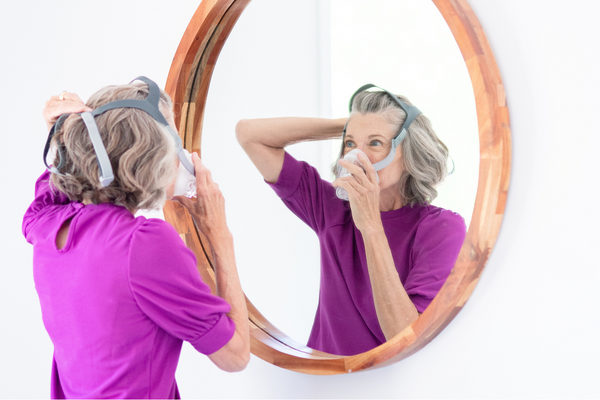

All of these can be covered up to 100% through insurance with Aeroflow Sleep, or you are welcome to seek alternative sleep medicines with your doctor's approval.
How To Treat Both COPD And Sleep Apnea
Options get interesting (and complicated) when you suffer from two conditions that affect how you breathe. In this case, COPD and sleep apnea are impacting your respiratory system, so the combination may make breathing difficult for you. So, what can you do to treat both COPD and sleep apnea? The answer is simpler than you might think…
BiPAP Machines Are Better For COPD
Your doctor may prescribe a BiPAP machine instead of a CPAP machine. The difference between BiPAP and CPAP is in how the positive airway pressure gets distributed. Remember, CPAP works by providing you with continuous airflow. BiPAP (also referred to as non-invasive ventilation, or NIV, among the COPD community) stands for bilevel positive airway pressure, and bilevel means that your machine is equipped with two pressure settings, alternating with your every inhale and exhale.
Can You Use CPAP With COPD?
It’s true that CPAP machines are easier to come by due to higher demand, and models with Exhalation Pressure Relief (EPR) may be tempting to COPD patients. However, EPR is not the same as BiPAP. EPR is a comfort feature that slightly reduces your air pressure when you exhale only but is still based on your original pressure setting. BiPAP has its two pressures for inhalation and exhalation set individually.
CPAP may temporarily alleviate symptoms of COPD, but it will not rid you of your diagnosis and, therefore, is not recommended as a treatment option even when you have both conditions. Always ask your doctor which treatment is right for you.
3 Ways BiPAP Machines Are Safe For COPD And Sleep Apnea
Hooray! You now know how patients with both COPD and sleep apnea can be treated, and we have reached the crux of the matter: when can you use a BiPAP machine with COPD and sleep apnea? Here are 3 ways BiPAP machines are safe for COPD and sleep apnea:
1. When You Have Central Sleep Apnea
Remember, CSA is a neuromuscular condition. BiPAP machines are more effective than CPAP machines for CSA patients (and Mixed sleep apnea patients,) because they offer a wider, stronger range of pressure settings. When suffering from a lung disease like COPD, you may also need a stronger range of airflow, especially when coupled with any type of sleep apnea.
PAP pressure is measured in centimeters of water pressure, or cm H2O. CPAP provides a baseline pressure setting (often around 16 cm H2O) whereas BiPAP can be adjusted anywhere between 4 and 25 cm H2O for the same patient. That said, it’s important to note that all types of sleep apnea can be treated with BiPAP; OSA included.
2. When You Have Comorbidities
Comorbidities can cause acute exacerbations or worsen your already annoying COPD and sleep apnea symptoms. Comorbidities are separate conditions that hurt your overall health when combined with another medical condition; such as cardiovascular diseases and diabetes. Some of these conditions may be hereditary. That’s why it’s extremely important to review your complete personal, medical, and family history with your doctor before testing is conducted.
BiPAP machines have two different pressure settings that are uniquely designed to combat the negative effects of your comorbidities; such as congestive heart failure and obesity hypoventilation syndrome (OHS,) which is a serious breathing problem in some patients with obesity that causes the carbon dioxide levels in their blood to rise.


3. When You Make Lifestyle Changes
Working smarter and not harder is always recommended. Again, if you are a smoker, follow up with your doctor about ways to quit. If you are obese, talk to your doctor about ways to reduce your body mass index (BMI). This will likely include healthy eating and regular exercise. Either small lifestyle change is usually safe to make while on BiPAP, and they could even be the extra push your body needs to attain stable COPD and/or adjust to sleep apnea therapy.
How To Order a BiPAP Machine From Aeroflow Sleep
Finally, we’ve answered the big questions, but the most important question of all is: how do you get a BiPAP machine? Aeroflow Sleep can help with that!
The prescription you received from your doctor after your sleep study and/or COPD testing is the first thing we’ll need. Have them email a copy to our dedicated team of Sleep Specialists at papintake@aeroflowinc.com for processing. We will also ask them for the appointment notes from your doctor’s visit, detailing your concerns about either medical condition. Your insurance may not cover a machine without “demonstrated need” or “medical necessity.”
Sending us photos of the front and back of your insurance card is also appreciated. Aeroflow Sleep exclusively supplies PAP equipment through insurance. If you would prefer to pay out-of-pocket, that’s always an option but be advised, BiPAP machines are often 3-4 times more expensive than CPAP machines.
That’s all there is to it! We take care of the rest; shipping your order to your front door in a timely manner. Then, we will schedule an in-home consultation or telehealth appointment with a certified clinician to get your BiPAP machine set up. And as a member of the Aeroflow Sleep family, you will never have to worry about when replacement supplies are needed; we notify you through your preferred method of contact every time new equipment is covered.
We look forward to serving you, and if you have any questions, please feel free to give us a call at 1-800-480-5491.
References
“What Is COPD?” National Heart, Lung, and Blood Institute, National Institutes of Health, 24 Mar. 2022, https://www.nhlbi.nih.gov/health/copd.
Staff, Mayo Clinic. “COPD Diagnosis.” Patient Care & Health Information, Mayo Clinic, 15 Apr. 2020, https://www.mayoclinic.org/diseases-conditions/copd/diagnosis-treatment/drc-20353685?gclsrc=aw.ds&&mc_id=google&campaign=9240634036&geo=9013301&kw=how%20to%20treat%20copd&ad=416318038737&network=g&sitetarget=&adgroup=97497930647&extension=&target=kwd-637607497844&matchtype=e&device=c&account=1733789621&invsrc=transplant&placementsite=enterprise&gclid=Cj0KCQiAw8OeBhCeARIsAGxWtUw059ojR_37J6wtdfuXAEDfkWU2LEboJUy8qSZOVjB-GWR4W_f2yewaAtJkEALw_wcB.
“COPD Diagnosis.” National Heart, Lung, and Blood Institute, National Institutes of Health, 24 Mar. 2022, https://www.nhlbi.nih.gov/health/copd/diagnosis#:~:text=The%20main%20test%20for%20COPD,much%20air%20you%20breathe%20out.
“COPD & Emphysema.” Michigan Medicine, University of Michigan: Health, 2022, https://www.uofmhealth.org/conditions-treatments/pulmonary/copd-emphysema#:~:text=COPD%20(chronic%20obstructive%20pulmonary%20disease,the%20airways%20(chronic%20bronchitis).
Singh, Anumeha, et al. “Acute Bronchitis.” National Library of Medicine, National Center for Biotechnology Information, 15 Aug. 2022, https://www.ncbi.nlm.nih.gov/books/NBK448067/.
Bollmeier SG, Hartmann AP. Management of chronic obstructive pulmonary disease: A review focusing on exacerbations. Am J Health Syst Pharm. 2020 Feb 7;77(4):259-268. doi: 10.1093/ajhp/zxz306. PMID: 31930287; PMCID: PMC7005599.


